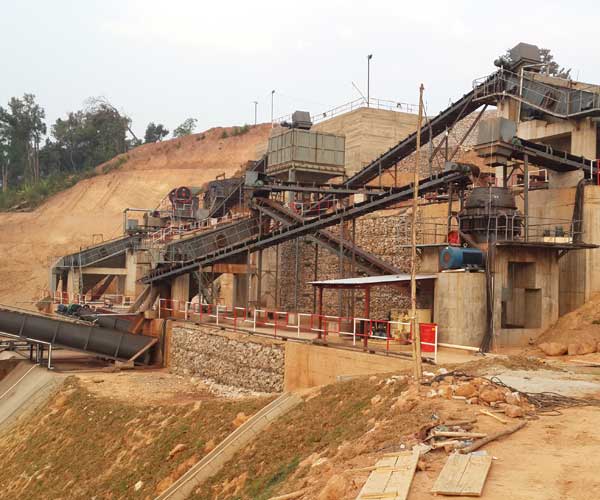
The jaw crusher, cone crusher, impact crusher, vibrating screen, and grinding mill are key equipment used in the crushing and processing stages, ensuring the production of high-quality manganese ore products.
24 Online Service
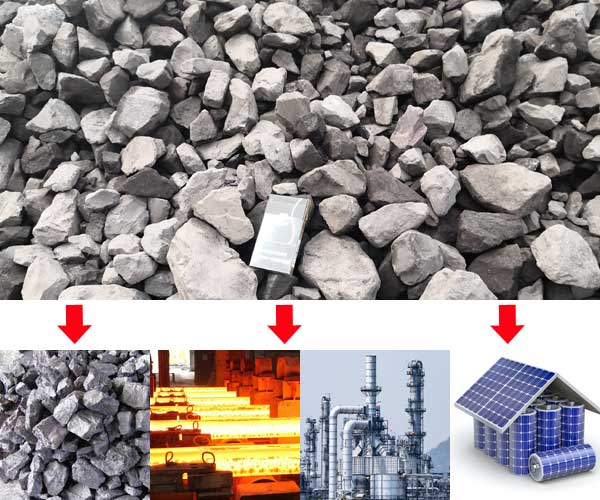
Manganese ore is a naturally occurring mineral that primarily consists of manganese dioxide (MnO2). It is found in abundance across the globe and is often associated with other minerals like iron, silicon, and phosphorus. The two most common types of manganese ores are pyrolusite (MnO2) and rhodochrosite (MnCO3). Manganese ores are typically mined from deposits or ore bodies found in underground mines or open-pit operations.
Recognized for its exceptional properties, manganese ore is widely utilized in various applications, ranging from steel production to renewable energy technologies.
One of the primary applications of manganese ore lies in the production of steel. Manganese, when alloyed with iron, enhances its mechanical properties, making it ideal for manufacturing high-strength steel. The addition of manganese to steel increases its hardness, durability, and resistance to wear and tear, ensuring the production of robust and long-lasting structures. Consequently, manganese ore is an essential ingredient in the production of stainless steel, carbon steel, and various other alloy steels.
The growing demand for energy storage systems has bolstered the utilization of manganese ore in battery technologies. Manganese dioxide, derived from manganese ore, is a key component in the production of batteries. It is commonly used in alkaline batteries, such as zinc-carbon and alkaline-manganese batteries, due to its ability to stabilize the electrolyte and enhance the battery’s performance. Moreover, manganese oxide is also employed in lithium-ion batteries, contributing to their energy storage capabilities.
Manganese ore serves as a crucial raw material in the production of ferroalloys, which are alloys of iron with a high content of manganese. Ferroalloys, such as ferromanganese and silicomanganese, are essential components in the steel industry, as they enhance the properties of steel, such as hardness and tensile strength. Additionally, manganese ore is used in foundry applications, where it acts as a deoxidizing agent, removing impurities and improving the overall quality of cast iron.
The chemical industry relies on manganese ore for various applications. Manganese compounds, derived from manganese ore, find their way into a wide range of chemical processes. For instance, manganese oxide is utilized in the production of fertilizers, as it aids in plant growth and improves nutrient absorption. Manganese compounds are also employed as catalysts in the synthesis of chemicals, such as methanol and acetic acid. Moreover, manganese dioxide is utilized in the production of pigments, ceramics, and glass.
Manganese ore has proven to be valuable in environmental remediation efforts. The unique adsorption properties of manganese make it useful in removing impurities and contaminants from water and air. Manganese oxide is employed in water treatment processes, where it acts as an oxidizing agent, effectively eliminating organic and inorganic pollutants. Additionally, manganese ore-based catalysts are utilized in air purification systems, aiding in the removal of harmful gases and pollutants.
Manganese is an essential micronutrient for humans and animals, contributing to various physiological functions. Manganese-rich foods and supplements help support bone health, enzymatic reactions, and antioxidant defense systems. Manganese ore-derived compounds are also used in the pharmaceutical industry, playing a role in the formulation of drugs and supplements.
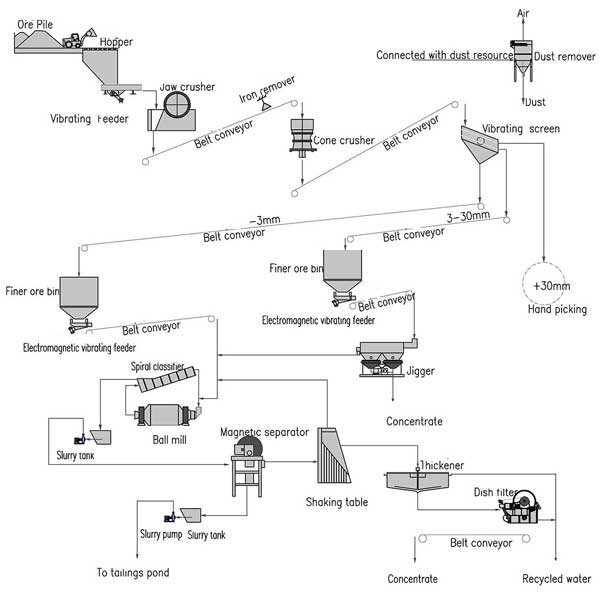
Manganese ore processing is a vital step in extracting valuable elements for various industries, most notably steel production. Without efficient processing methods, the potential of manganese ore remains untapped. The processing of manganese ore involves several stages, including mining, crushing, screening, and beneficiation. Each stage plays a crucial role in ensuring the desired quality and purity of the final product.
The process of processing manganese ore starts with exploration and mining. Geological surveys and assessments help identify potential ore deposits. Once a suitable site is located, the mining process begins. Manganese ore is typically found in underground or open-pit mines. Underground mining involves tunneling into the earth to access the ore deposits, while open-pit mining involves extracting ore from large, open excavations.
After the ore is extracted, it is transported to the processing plant, where it undergoes crushing and grinding. The purpose of this stage is to reduce the size of the ore particles, facilitating subsequent beneficiation processes. Various crushing and grinding techniques are employed, including jaw crushers, cone crushers, and ball mills, to achieve the desired particle size.
Beneficiation is a crucial step in the processing of manganese ore, as it aims to separate the valuable minerals from the gangue (unwanted material). Several techniques can be utilized for beneficiation, depending on the characteristics of the ore. The most common methods include:
This method relies on the difference in density between manganese ore minerals and gangue minerals. Techniques such as jigging, shaking tables, and spirals are used to separate the heavier manganese-rich particles from the lighter gangue material.
Magnetic separation exploits the magnetic properties of manganese minerals. High-intensity magnetic separators are employed to remove magnetic impurities and concentrate the desired manganese ore.
Flotation involves the use of chemicals and air bubbles to separate valuable minerals from gangue minerals. Manganese ore can be separated from gangue through froth flotation, where the ore is mixed with water, frothing agents, and collectors, creating a froth layer that carries away the desired minerals.
Once the beneficiation process is complete, the concentrated manganese ore is subjected to roasting or smelting, depending on the intended application. Roasting involves heating the ore in the presence of air to eliminate impurities and moisture. Smelting, on the other hand, involves the application of heat and reducing agents to extract the pure metal from the ore.
After roasting or smelting, further refining and purification steps may be required to obtain high-purity manganese. Electrolytic refining is a commonly employed method in which an electrolyte bath is used to separate impurities and purify the manganese metal. This process ensures the production of manganese of the desired quality for various applications.
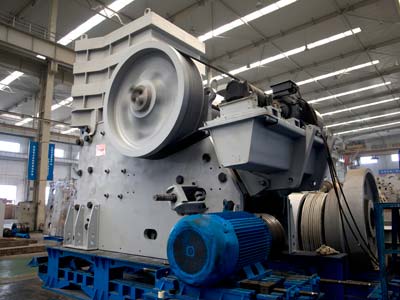
Jaw crushers are commonly used as primary crushers in manganese ore processing plants. They are designed to handle large chunks of ore and reduce them to smaller sizes for further processing. Jaw crushers utilize a fixed jaw plate and a moving jaw plate to exert pressure on the ore, effectively crushing it.
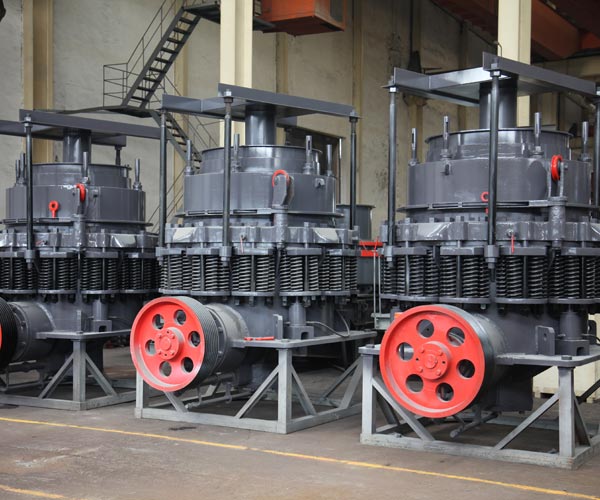
Cone crushers are widely used in secondary and tertiary crushing stages. They provide a finer product size compared to jaw crushers, making them suitable for further processing. Cone crushers operate by compressing the ore between a mantle and a concave, resulting in a uniform product size and shape.
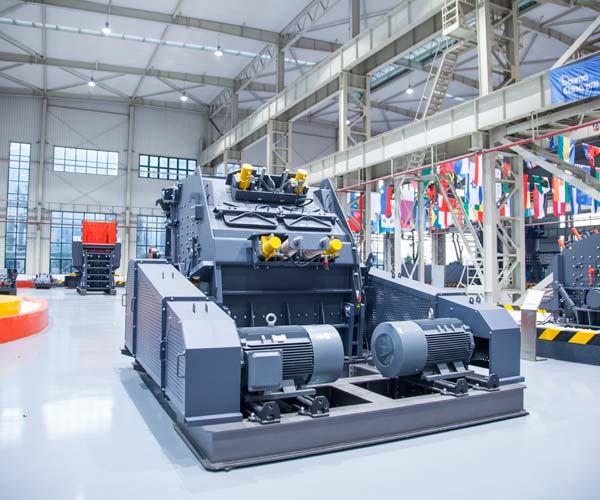
Impact crushers are versatile machines that can handle both primary and secondary crushing of manganese ore. They use the principle of impact and collision to break down the ore. Impact crushers are often used when the ore is relatively soft or when a higher reduction ratio is desired.
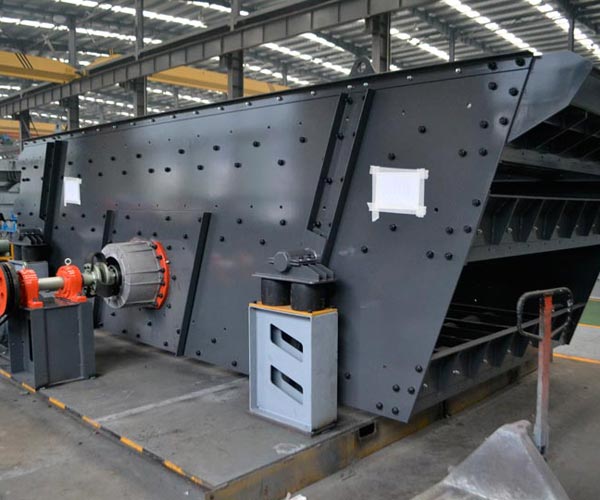
Vibrating screens are essential in the manganese ore processing plant as they separate the crushed ore into different sizes for further processing. They are designed to efficiently remove oversized particles and ensure the proper distribution of ore sizes.
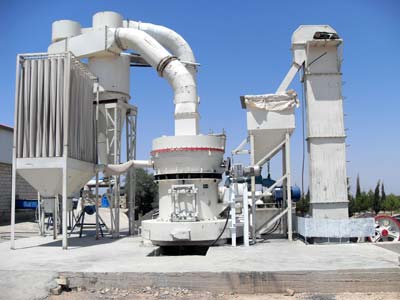
Grinding mills are employed in the final stage of manganese ore processing to reduce the ore to a finer size. This step is crucial for enhancing the surface area of the ore particles and exposing more surface area for subsequent chemical reactions during the beneficiation process.
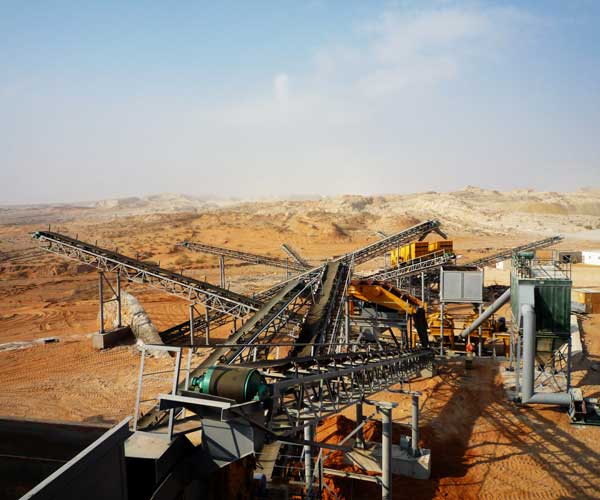
Manganese ore is a crucial resource used in various industries such as steel production, battery manufacturing, and chemical production. The process of extracting and processing manganese ore requires specialized equipment that can efficiently handle the unique properties of this mineral. Selecting the right manganese ore processing and crushing equipment is vital to ensure optimal productivity and cost-effective operations.
Before selecting any processing and crushing equipment, it is essential to understand the characteristics of the manganese ore being mined. Manganese ore can vary significantly in terms of its composition, physical properties, and mineralogy. Different manganese ores may contain varying levels of impurities, such as iron, silica, phosphorous, and sulfur, which can impact the processing methods and equipment requirements. Conduct a thorough analysis of the ore’s composition and mineralogy to determine the most suitable processing and crushing equipment.
When selecting manganese ore processing and crushing equipment, it is crucial to consider your production capacity requirements and scalability. Assess your current production levels and estimate future demands to ensure that the chosen equipment can handle the projected workload. Investing in equipment with higher processing capacity than your immediate needs can provide room for expansion and prevent the need for premature equipment replacement.
The crushing and grinding process is a significant aspect of manganese ore processing. The primary objective is to reduce the ore size to a level suitable for further processing. Various crushing and grinding equipment options are available, including jaw crushers, cone crushers, impact crushers, and autogenous or semi-autogenous grinding mills. Each option has its advantages and limitations, depending on factors such as the ore hardness, feed size, and desired final product size. Analyze your specific requirements and consult with experts to determine the most efficient crushing and grinding solution for your manganese ore processing plant.
Reliability and efficiency are paramount when selecting manganese ore processing and crushing equipment. Downtime due to equipment failure can result in significant production losses and increased maintenance costs. Look for equipment from reputable manufacturers with a proven track record in the industry. Consider factors such as equipment design, build quality, and available technical support. Investing in reliable and efficient equipment upfront can lead to long-term cost savings and uninterrupted operations.
As environmental considerations gain prominence, it is crucial to prioritize energy efficiency and sustainability when choosing manganese ore processing equipment. Energy-intensive processes like crushing and grinding can consume significant amounts of power. Look for equipment that incorporates energy-efficient technologies, such as advanced motor systems and intelligent control systems. Additionally, consider equipment designs that minimize waste generation and enable effective recycling or reuse of process water and materials.
Regular maintenance and timely servicing are essential to keep processing and crushing equipment operating at optimal levels. Before making a purchase, evaluate the maintenance and service requirements of the equipment under consideration. Assess factors such as ease of maintenance, availability of spare parts, and proximity to service centers. Opting for equipment with robust designs and good service support can minimize downtime and ensure timely maintenance and repairs.
While cost should not be the sole determining factor, it is essential to consider the overall investment and the expected return on investment (ROI) when selecting manganese ore processing and crushing equipment. Compare the upfront costs, operational costs, and maintenance expenses of different equipment options. Evaluate the potential increase in productivity, efficiency gains, and reduction in operating costs that each equipment choice can offer. A comprehensive cost-benefit analysis will help you make an informed decision that aligns with your budget and long-term business goals.
Our Projects
Copyright © ZENITH, All Right Reserved.
